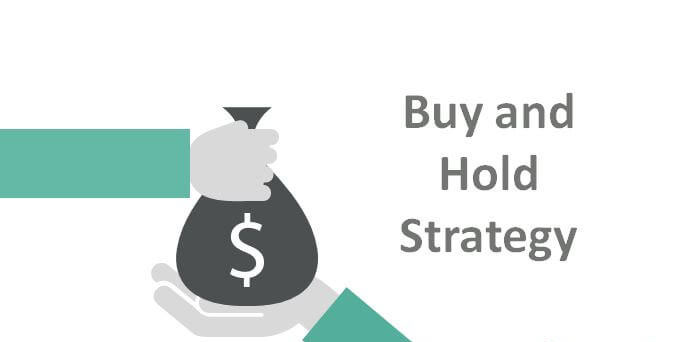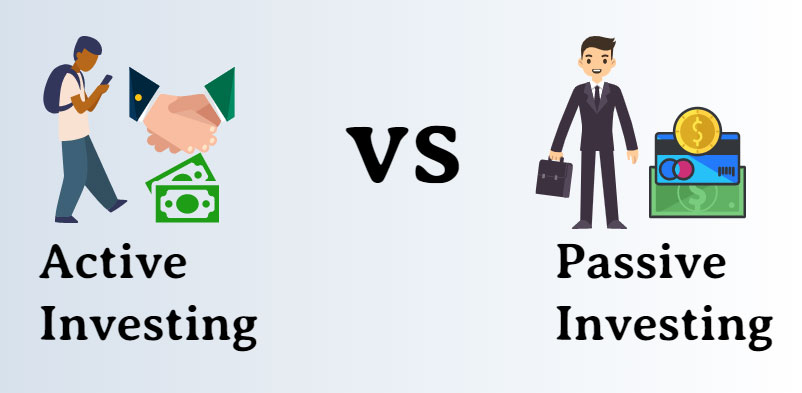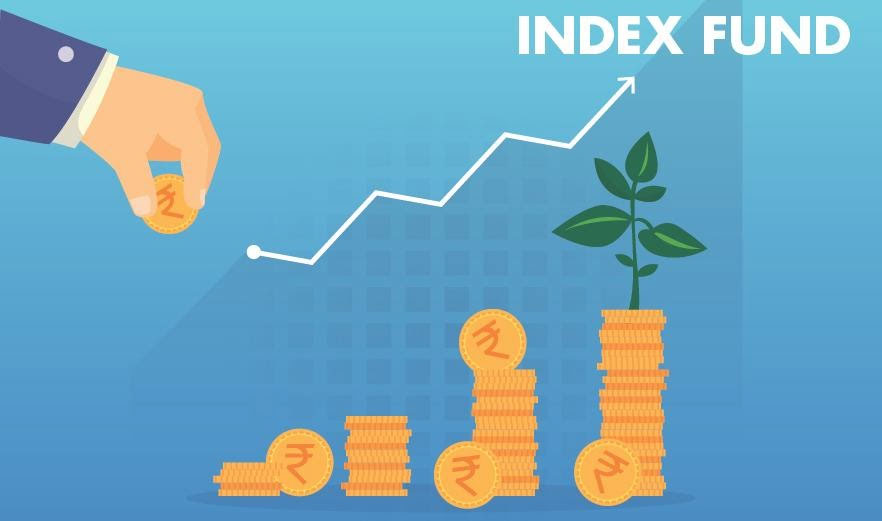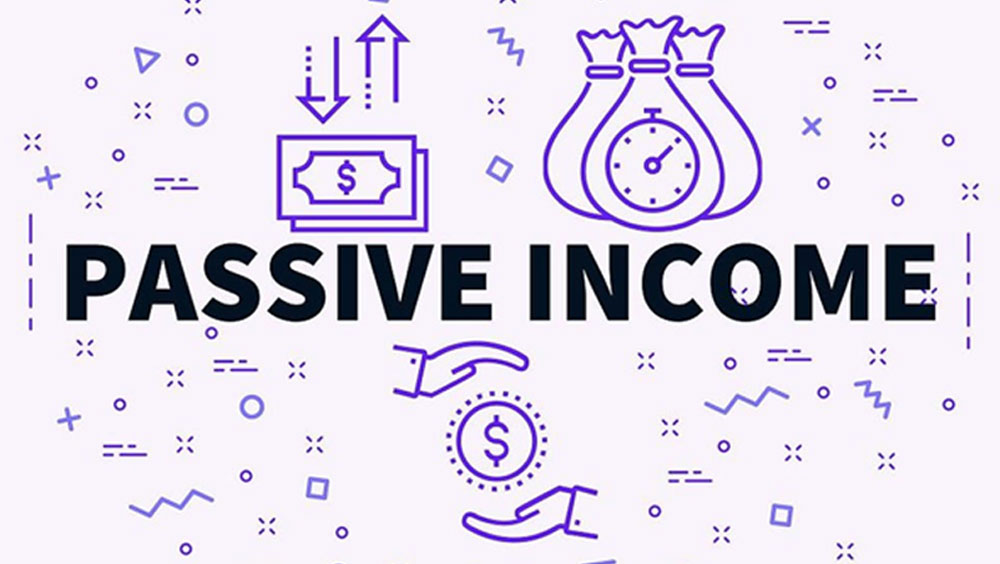Passive investing is a slow and steady approach to building wealth. Instead of investing in an individual stock and hoping for a high return, you’re making a low-risk wager over the long term.
By strategically selecting investments for your portfolio, you can build a diversified portfolio that makes your money work for you and provides passive income — all at a low risk.
Passive Investing: How It Works

Passive investing aims to buy and sell assets infrequently and hold them long term, otherwise called a buy-and-hold strategy. Investors build a diversified portfolio of assets that replicate the financial index performance.
Assets are usually based on a board and market-weighted index. The goal is basically to match the market and earn passive income as the market increases over time.
Active vs. Passive Investing

Active investing is the alternative answer to passive investing. With active investing, you’re selectively buying and selling assets regularly to try to beat the market and earn big returns, instead of buying and holding with passive investing.
You can potentially win big with this strategy, but it comes with downsides. Active investing takes a lot more work, comes with more risk, and incurs higher trading and transaction costs.
Why Should You Consider Passive Investing?

The risk of active investing can make some investors’ hands sweaty from nerves. Passive investing matches the stock market based on market-weighted index, with passive funds often outperforming active ones over time.
Because you’re holding, you won’t have as many trading fees and won’t need to constantly check your portfolio. Diversified holdings can also lower risk because you’re not relying on the performance of an individual stock.
Passive Investing Strategies

One of the easiest passive investing strategies is to buy index funds. These are mutual or exchanged traded funds weighted on a specific market index.
ETFs are another type of index-tracking mutual fund, but with more hands-on opportunity than index funds. You buy ETFs from investors willing to sell shares and can trade them like stocks.
Passive investing is best suited to investors willing to play the long game. Ride out the market fluctuations, and watch your money work for you.


